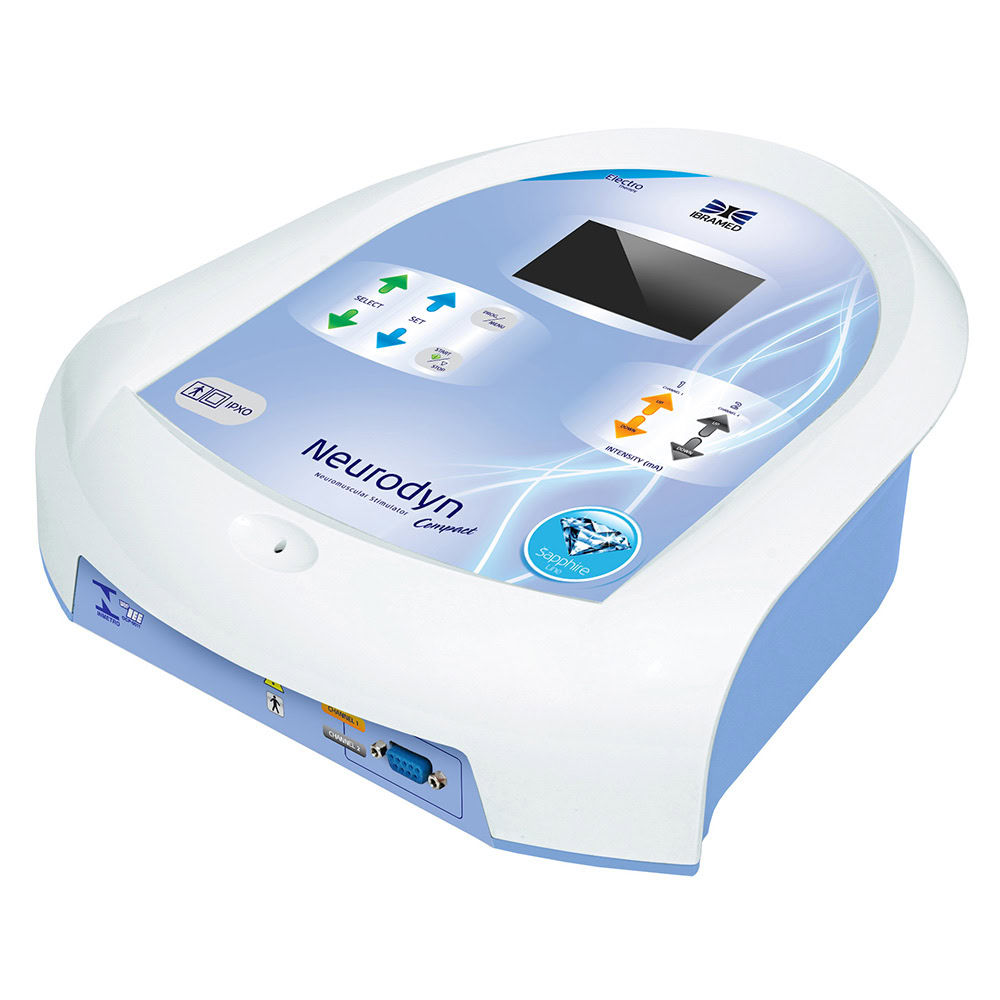electrostimulation therapy
Electrostimulation Therapy: What It Is, How It Works, and Why It’s Revolutionizing Pain Relief and Recovery
In today’s world of physical rehabilitation, chronic pain management, and sports recovery, electrostimulation therapy is gaining more attention than ever. With cutting-edge devices now available for clinics and home users alike, this technology is reshaping how we treat pain and restore mobility—without medications or invasive procedures.
In this comprehensive guide, you’ll learn:
-
What electrostimulation is;
-
How it works;
-
Who should use it;
-
Which devices to choose (with links to trusted Neurodyn products);
-
And how to make the most of your therapy—whether you’re a professional or just starting.
Ready to dive in? Let’s go.
What Is Electrostimulation?
Electrostimulation refers to the application of electrical currents through the skin to stimulate nerves and/or muscles. The two most common modalities are:
-
TENS (Transcutaneous Electrical Nerve Stimulation): Designed to reduce pain by blocking nerve signals.
-
FES/EMS (Functional Electrical Stimulation / Electrical Muscle Stimulation): Triggers muscle contractions to support strength, rehabilitation, and recovery.
With the right settings and frequency, these therapies can:
-
Relieve pain;
-
Re-educate muscles;
-
Improve blood circulation;
-
Reduce inflammation;
-
Accelerate post-exercise recovery.
Who Can Benefit from It?
Whether you’re recovering from injury, managing chronic pain, or improving athletic performance, electrotherapy can help:
-
Athletes: Improve muscle recovery and reduce soreness.
-
Chronic pain patients: Manage conditions like sciatica, arthritis, or fibromyalgia.
-
Post-surgical patients: Prevent muscle atrophy and stimulate recovery.
-
Clinics and professionals: Add modern, non-invasive treatments to their practice.
Want to explore more specific benefits for each audience?
Check out our supporting posts:
-
How to Use an Electrotherapy Machine at Home – A Simple Beginner’s Guide
-
Electrostimulators for Fitness Recovery – Do They Really Work?
-
How an Affordable Electrotherapy Device Can Save You Money on Pain Management
How Electrostimulation Works
Electrodes are placed on the skin to deliver mild electric currents. These currents either stimulate the nerves (TENS) to block pain or activate the muscles (FES/EMS) to cause contraction and improve function.
With adjustable intensity and frequency, users can fine-tune the treatment for:
-
Pain relief;
-
Muscle re-education;
-
Improved local circulation;
-
Injury prevention.
Recommended Devices (Trusted by Professionals)
At Medsam, we proudly offer a curated range of Neurodyn electrostimulation machines, suitable for home use, physiotherapists, and clinics.
Here are some top picks:
Neurodyn Portable TENS/FES
A compact dual-mode device perfect for home users or professionals who want both pain relief and muscle stimulation in one unit.
Neurodyn Portable TENS
Focused exclusively on pain relief using TENS technology—ideal for chronic conditions.
Neurodyn II – 4 Channels
Multi-channel device for treating multiple areas at once. A great option for clinics.
Neurodyn Compact
Small yet powerful—designed for portable, effective treatments.
Neurodyn Aussie (FDA Approved)
Advanced waveform technology used by top professionals. FDA-approved for safety.
Neurodyn Base Model
A reliable, versatile electrotherapy device for long-term use in clinics and rehab centers.
Is It Safe?
Yes—when used correctly, electrostimulation is very safe. Most devices include built-in safety features and adjustable intensities. Just follow the manual and avoid use near the heart, head, or on broken skin.
Always consult your physician before starting electrotherapy if you have a pacemaker, epilepsy, or serious health conditions.
Ready to Start?
Now that you understand how electrostimulation works and what it can do for you, it’s time to explore the right device. Whether you’re managing pain at home or treating clients in a clinical setting, we’ve got you covered.
Browse the full Electrostimulator collection here
Continue Reading
Want to go deeper into specific use cases? Explore these articles:




